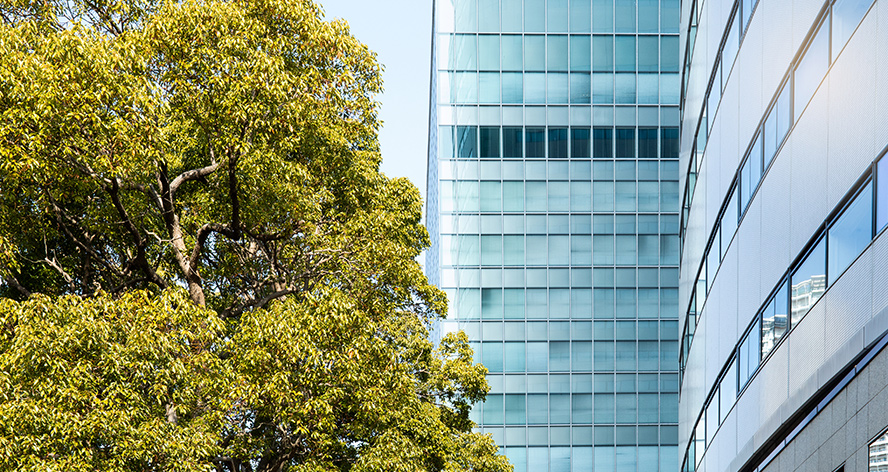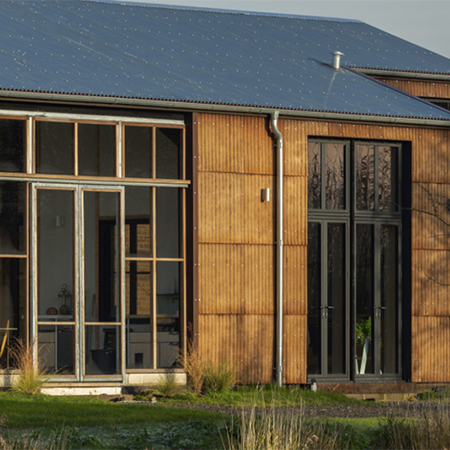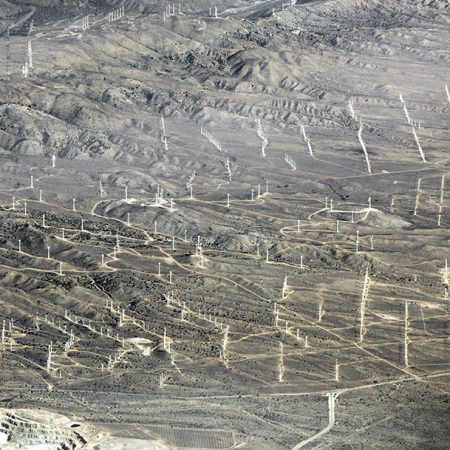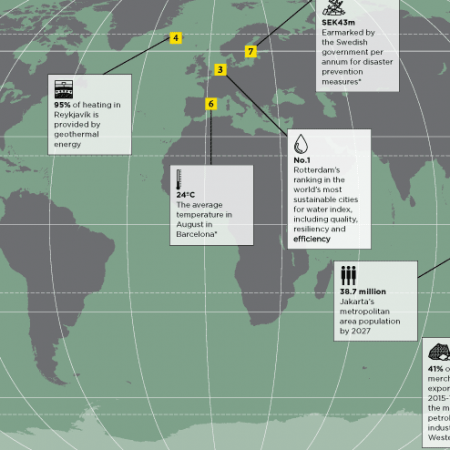For decades, research and policy intervention has focused on outdoor air pollution to improve public health outcomes. But indoor air quality has a significant impact on our health and needs our attention.
Environment
Pivoting to a low carbon world will mean supporting buildings with sustainable materials, and the cities they inhabit with clean energy, green infrastructure and transport. Creating resilience also requires cities to become robust in terms of food security and extreme weather events, as well as finding ways to efficiently manage resources. It is a race against time, and here we look at how real estate is responding.
How can countries balance land availability, food supply and consumption? The Savills Global Food Self-Sufficiency Tracker examines how 20 nations ensure they can feed their populations
Addressing environmental and social issues, while managing often rapid urban expansion, is no minor matter. And because no two cities are the same, a tailored approach to specific challenges is essential
Global temperatures are rising – 2023 was the hottest year on record – and urban areas are particularly vulnerable to extreme heat events. How must cities and buildings adapt?
Rethinking water for growing urban populations
Water management is a crucial element of any urban development strategy – and we can all play a part in achieving sustainability
Elements: Why earth has a vital role in our future
We have a finite amount of soil and multiple demands placed on it. In our final piece on the four elements, we ask whether more sustainable farming techniques could increase food security and help mitigate the effects of climate change
Climate change is recalibrating global tourism. As holidaymakers’ transport and destination choices evolve, new opportunities are emerging.
In the third in our series on the four elements and the climate crisis, we take a look at air – how poor air affects people’s health and how monitoring is paving the way for a reboot of urban spaces
In the second instalment of our series looking at the impact the four elements have on the built environment, people and real-estate investments, we consider how communities are learning how to be resilient in the face of more frequent and severe wildfires.
Climate resilience: real estate and carbon
Reducing carbon is the best climate-mitigation strategy of all, but cities need to look beyond easy wins
Climate Resilience: cities at the sharp end
Which cities lead the way in the fight to protect people and property from climate impacts?
In this series we look at the role that the four essential elements play in the context of the climate crisis: water, air, land and fire. This first instalment examines the management of water and its impact on the built environment, people and real estate investments
Our new index of climate resilience shows how cities are preparing for the coming storms
Current supply of high-performing, energy-efficient buildings does not meet the rising demand for green offices in several cities across the world. Which markets are likely to experience the highest ‘brown office’ oversupply and the tightest ‘green office’ deficit?
While advances in technology and incrementally revised green standards are applied to new homes, how are policymakers responding to the challenge of addressing the environmental credentials of existing buildings?
Biodiversity in cities: a route to resilience
Improving biodiversity in urban places is imperative as the climate-crisis intensifies
The rising demand for green certified office space
With environmental credentials of increasing importance for occupiers and investors, we look at which global cities lead the way in their number and share of green certified offices
The cities with the most ambitious and innovative carbon-reduction plans to reach the UN’s goal of net zero by 2050
How some of the world’s most remote locations have reconnected their energy generation to align with a more sustainable future
A company’s real estate portfolio can play a major role in reaching emissions targets
Extreme weather is impacting the appeal of certain cities for real estate investors
Carbon Offsetting
Our expert guide for investors on balancing carbon emissions
Solar Energy
The perfect fit for real estate
Hemp is increasingly being used as an eco-friendly building material
Demand for green building certification is increasing. We profile three of the leaders
Tackling climate change should be at the top of everyone’s agenda
The Savills Food Security Index measures how well a country provides sufficient, safe and nutritious food
5 of the world’s most sustainable buildings
Organisations around the world are setting the standard in environmental leadership
Why real estate must embrace sustainability
We are at a crucial moment in the evolution of sustainable businesses
Creating a consistent strategy to tackle climate change during the property lifecycle
The impact of water stress on four regions. Plus, what a secure supply means for development
Make smart decisions, set accurate targets and monitor the operational performance of buildings
Why environmental, social and governance (ESG) is so important for real estate investment decisions
Four ways farmers could adapt to tackle climate shocks
From technology to traditional cropping, how environmentally sustainable agriculture has an important role to play
Feeding the world in 2050
As the population grows, we must change the way we grow and consume food
As with all things digital, the pace of change is rapid. Agriculture is no exception
Have cities entered an era of unprecedented physical and environmental risk? US$4.56 trillion of GDP is at stake
Is natural resource for the most realistic long-term picture of the rural real-estate market?
These cities gain an advantage from natural resources, such as minerals, water and energy
Architecture at the limits
Six modern buildings are getting creative to meet environmental challenges
Building resilient cities
Property company Grosvenor has strong guiding principles behind their ‘Living cities’








































